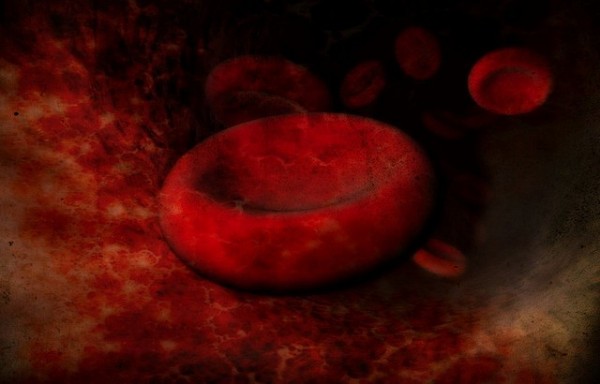ULCA Scientists Discover a New Iron Controlling Hormone

Scientists discovered a new hormone that controls iron supply to produce red-blood cells.
Recently, experts from the University of California Los Angeles (ULCA) identified a hormone called erythroferrone made by red blood cell progenitors in the bone marrow that helps regulate iron ingested from food. Erythroferrone inhibits hepcidin, a main iron hormone in order to aid production of red blood cells (RBCs) after bleeding or to counteract anemia.
The study employed laboratory mice to note changes to bone marrow after a hemorrhage. But the researchers observed a type of protein in blood that formed a communication chain with other cells. With the help of recombinant DNA technology they were able to determine the effects of the erythroferrone in monitoring the overall iron metabolism in the body.
Experts believe these findings can treat patients suffering from severe iron deficiency, thalassemia, a blood disorder categorized by massive destruction of RBCs and its progenitors in bone marrow. Patients of thalassemia need blood transfusion their entire life leading to elevated levels of iron or iron overload in the body. In case of inflammatory diseases like kidney illnesses and rheumatologic disorders, the iron content in the body remains locked up stunting formation of RBCs that can only be reversed by modulating release of erythroferrone. The study results provide basis for the development of drugs and treatments that mimic molecular mechanisms of the newly discovered hormone.
"If there is too little iron, it causes anemia. If there is too much iron, the iron overload accumulates in the liver and organs, where it is toxic and causes damage," said Dr Tomas Ganz, study author and professor of medicine and pathology at the David Geffen School of Medicine at UCLA in a news release.
"Modulating the activity of erythroferrone could be a viable strategy for the treatment of iron disorders of both overabundance and scarcity,"
More information is available online in the journal Nature Genetics.
Jun 04, 2014 08:17 AM EDT





